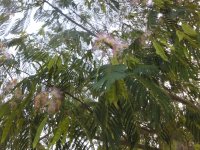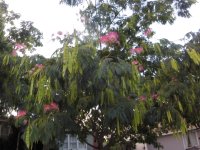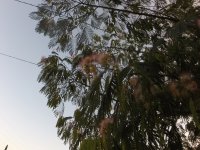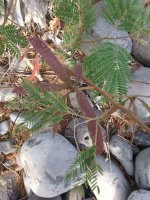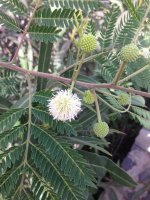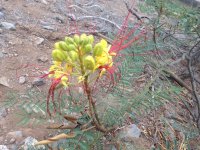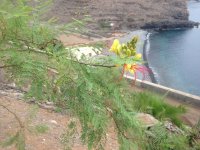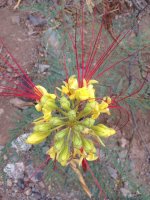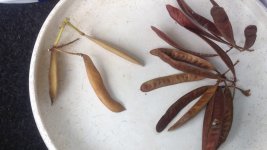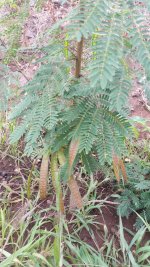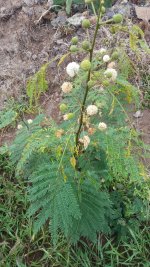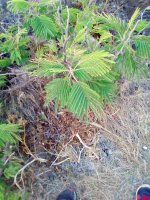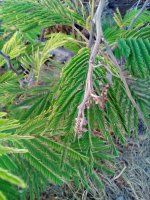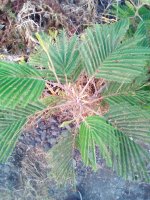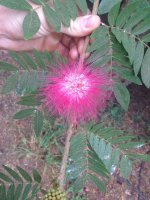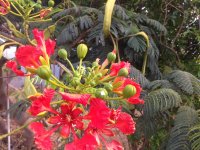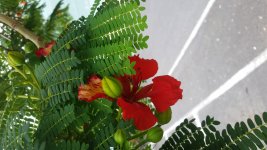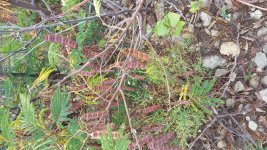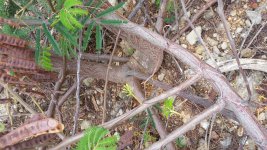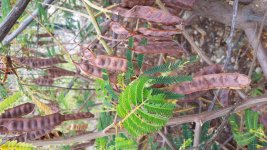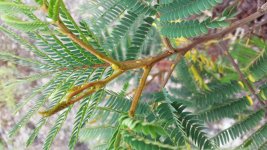Autocultivo
Rising Star
leratiomyces
To me it looks like it could be A.Flori but you need to take closer photos of the basal gland or the lack of and check other characteristics for yourself... such as flower spikes/rods protruding from the ends of branches, otherwise typically in sets of 2 and 'clustering' anatomization of the veins interconnecting between the main 1-3 (never seen one without 3 veins that I believed was a good variety) phylode width length, flower rods and formations. There's a website that has detailed information and closeup sketches of all the acacia sp. The sites name fails me currently sorry, been a while
I happened to post a photo (above) of phylodes/flowers of a cultivated A.Flori. That's the sort of tree I'd look at and assume would kick back. no basal, mutated lodes, leathery, 3 veins, appropriate bloom time and of course the prominent red coloration especially pronounced during flowering and in the veins of the phylodes. None necessarily define activity, but the more 'common positive traits' combined within the single specimen, typically raise your odds.
goodluck
To me it looks like it could be A.Flori but you need to take closer photos of the basal gland or the lack of and check other characteristics for yourself... such as flower spikes/rods protruding from the ends of branches, otherwise typically in sets of 2 and 'clustering' anatomization of the veins interconnecting between the main 1-3 (never seen one without 3 veins that I believed was a good variety) phylode width length, flower rods and formations. There's a website that has detailed information and closeup sketches of all the acacia sp. The sites name fails me currently sorry, been a while
I happened to post a photo (above) of phylodes/flowers of a cultivated A.Flori. That's the sort of tree I'd look at and assume would kick back. no basal, mutated lodes, leathery, 3 veins, appropriate bloom time and of course the prominent red coloration especially pronounced during flowering and in the veins of the phylodes. None necessarily define activity, but the more 'common positive traits' combined within the single specimen, typically raise your odds.
goodluck



